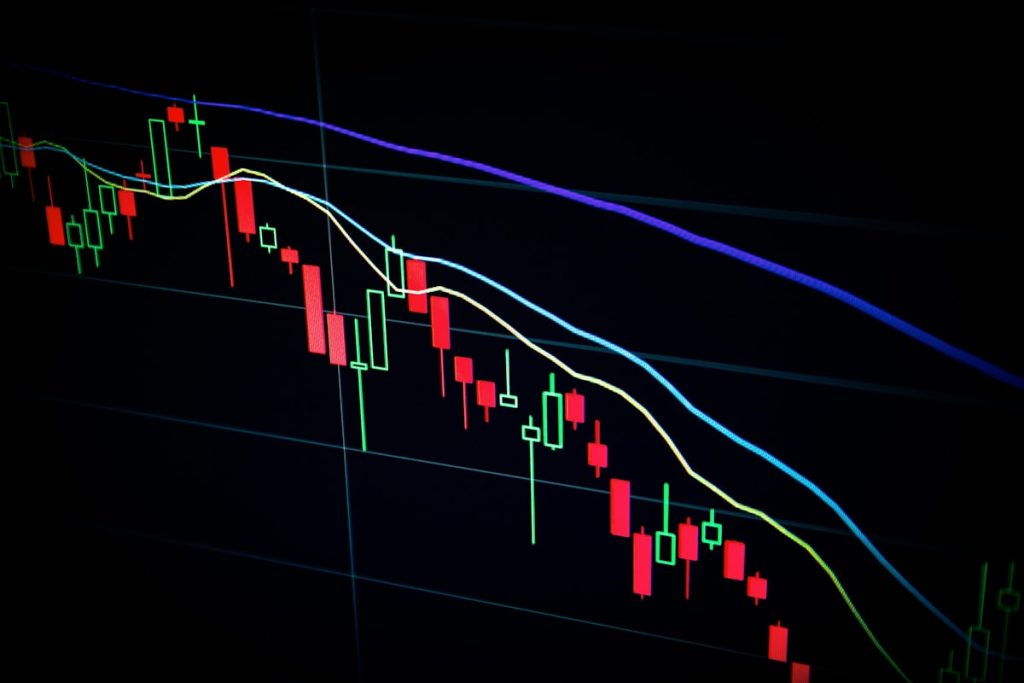Stocks Climb Despite Implementation of Trump’s Sweeping Tariffs
U.S. stock markets defied expectations this week as major indices rose following the enactment of former President Donald Trump’s new tariffs on imported goods. The S&P 500, Dow Jones Industrial Average, and Nasdaq Composite each gained over 2% in the first two trading days after the policy took effect, signaling investor optimism despite concerns about potential trade disruptions.
Market Reaction Defies Initial Concerns
Analysts had initially projected volatility as the tariffs—targeting $300 billion in Chinese imports, along with heightened levies on steel, aluminum, and electric vehicles—took hold. However, markets rallied as investors appeared to focus on sectors poised to benefit from protectionist measures. Industrial and manufacturing stocks led gains, with companies like U.S. Steel and Ford Motor Company climbing 5% and 4%, respectively.
Drivers of the Rally
Several factors contributed to the bullish sentiment:
- Anticipated Fiscal Stimulus: Traders priced in expectations of accompanying corporate tax cuts and infrastructure spending proposed by Trump.
- Domestic Production Boost: Industries shielded from foreign competition saw increased investor interest.
- Tech Resilience: Despite tariffs on Chinese components, semiconductor stocks rose amid plans to expand U.S.-based fabrication plants.
Sector-Specific Performance
While the broader market advanced, performance varied across sectors:
- Winners: Energy (+3.8%), Industrials (+3.2%), and Materials (+2.9%)
- Laggards: Consumer Discretionary (-0.4%) and Retail (-1.1%) struggled due to fears of higher import costs.
Analysts Urge Caution
Some experts warned against premature optimism. "This rally assumes tariffs will force rapid supply chain shifts without inflationary consequences," said Lydia Chen, chief economist at Horizon Advisors. "If global retaliation escalates, markets could face significant headwinds by Q4." The International Monetary Fund also revised its 2024 U.S. GDP growth forecast downward by 0.3%, citing trade risks.
Long-Term Risks Loom
While short-term gains have dominated headlines, potential challenges include:
- Retaliatory tariffs from the European Union and China on U.S. agricultural exports
- Supply chain bottlenecks in automotive and electronics manufacturing
- Consumer price increases potentially delaying Federal Reserve rate cuts
Futures markets indicate heightened volatility expectations, with the CBOE Volatility Index (VIX) rising 12% even as equities advanced.



